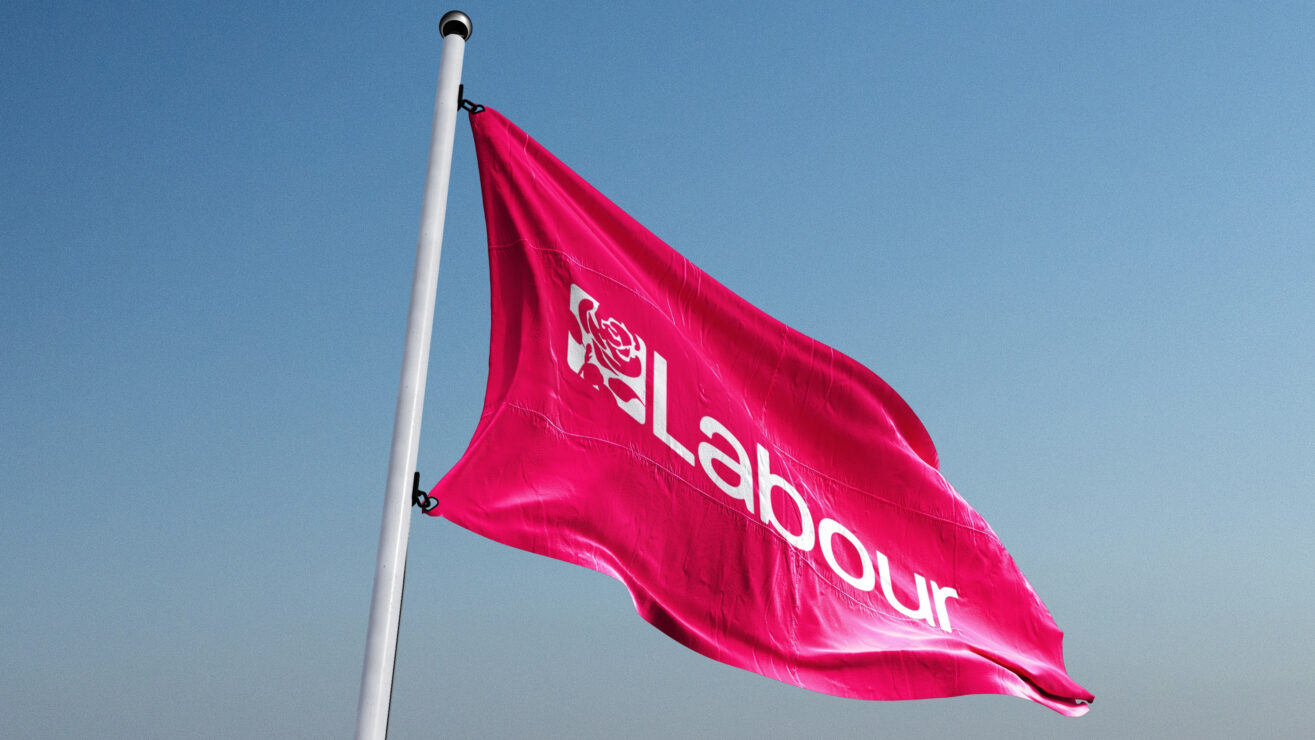The growing need for innovation is driving many leaders to look outside the familiar, and this includes looking across international borders and contexts. To that end; one Scot, four English, a Welshman, three Australians, two Chileans, a German, a Panamanian and six Americans (no joke), sat down a couple of weeks ago, in Washington DC and at the University of Pennsylvania in Philadelphia, to share some global insights about higher education.
What did we learn?
My partners on this journey were Dr Peter Eckel from AHEAD (part of Penn’s Graduate School of Education), and Dr Carolyn Stefanco, President of the College of St Rose. Both were co-facilitating with me on our latest ‘Global Insights’ programme. Peter opened his contribution with a summary of the important (but increasingly ‘yesterday’s’) issues he sees facing US universities:
- Innovation, teaching and learning – all institutions are trying to find ways to innovative approaches to improving
- Completion and student success – a big thorny issue which we explore further, the focus is also on
- Student outcomes and employability – for a range of reasons most linked to
- Cost and return on investment, including student debt, and with increasing competition this is impacting on institutional
- Credit ratings and the financial well-being of HE.
Sound familiar? He then outlined how these issues were being superseded in the US by more ‘pressing’ issues:
- Free speech on campus – in an environment which is facing increasing levels of
- Racial tensions and civil unrest on and off campuses.
- The costs of compliance and risk management
- ‘Tuition resets’ as one response to competition for students and financial pressures on high-contact teaching models, which we explore below and finally
- Where are the next generation of leaders coming from, who wants to be (a) President?
Our journey provided many familiar and less well known insights into HE in the US and the those which emerged included the following.
Not so surprising
The USA is a huge, diverse place with over 4,700 universities and colleges, from household names to the truly obscure (by contrast the UK has 135 and 334 respectively). It’s also a place where tuition fees matter (a lot). Whether its $50-55k+ per year at Penn or Georgetown, $14-16K at parts of the Maryland system, or $3k at the community college down the road – fees are life or death for 95% of institutions.
To put this in context, you also need to understand that you’re unlikely to pay the ‘sticker price’. The national ‘discount rate’ has risen to over 50% in some places in recent years, so there’s usually a deal to be done. Those students with a high market value – can haggle – and indeed in some cases can play one offer of against another leading in extremis to a ‘free ride’ where a range of benefits reduce the cost of college to zero. Of course this is often promoted as possible but only benefits a very small number of students.
In other situations rather than offer heavy discounts institutions are doing a ‘tuition reset’, by adjusting the headline price to a more realistic market value (or due to the institution being perceived as desperate because of a very high discount rate).
Increasingly interesting
The cost of compliance is becoming a growing problem for US HE. Federal regulation has grown enormously (much under the last administration) and can easily account for 10% or more of budgets in many institutions.
There’s also the growing debate about free tuition. Even in the most marketised HE sector on the planet, it’s interesting to note the move in some places (e.g. New York State) towards free tuition, at least in the public system. There are plenty of strings attached but in New York tuition is free for some – see the Excelsior Scholarships. It’s interesting to see it being extended to family incomes of up to $125,000 by 2019, almost double the median national income. The numbers of places are limited to 22,000 in the first year and details are slowly emerging – but its small given the 1 million or so students who study in the state.
Genuinely surprising
Some small liberal arts colleges are flourishing. Imagine being the President of an institution with 1,300 students that has a 9:1 student:staff ratio, and over 300 acres of prime real estate in the second-most expensive zip code for property prices in the US. Haverford is doing just fine. You’ve heard of it? Really? It also helps to have a $2bn endowment, and a $25 million a year draw-down from that endowment to help fund the place.
On the other hand, many smaller public institutions (and many privates) are not doing fine. Imagine you are the President of one of the fourteen institutions in the Pennsylvania State System of Higher Education (PASSHE) system. From West Chester College with 17,000 to Cheyney University with 704 undergraduates, this is a system with real challenges. Our ‘live’ case study exploring this provided much food for thought as we put ourselves in the shoes of Peter Gardland, vice chancellor of the system.
Peter helped us to explore the dilemmas and realities of the leadership issues he faces, as he seeks a sustainable solution to a somewhat intractable challenge. With the average age of an entry-level Associate Profesor now 42, and the average age of university Presidents now 61, there is a growing succession gap as the demands in the role become greater. It would also appear that fewer ‘faculty’ see the move into ‘administration’ as an attractive career route.
Amazed some of us
League tables (and certainly not global ones) don’t figure – at least for the 95%. Even among the ‘Ivies and the elites’ they are relatively invisible. On the other hand, the performance of your college basketball or football team matters. We heard of one institution (which had under 5,000 students) finding itself overwhelmed by 10,000 applications in the two weeks following its success in the national basketball competition.
And, very curious from a UK perspective, national data doesn’t really exist – no NSS, no LEO, no REF, no TEF and no KEF. But wonks aren’t totally bereft as there’s the College Scorecard to play with. You can download the data that appears on the College Scorecard, as well as supporting data on student completion, debt and repayment, earnings, and more. The files include data from 1996 through 2016 for all undergraduate degree-granting institutions of higher education.
What, really? Did you just say?
Over 50% of students who graduate do so having studied at more than one institution. 75% of universities are ‘private’ (not for profit), but the public institutions graduate 75% of all students.
Also, that in relation to governance, trustees are not only required to satisfy the 3 W’s (Wisdom, Work and Wealth) but also deliver on the 3 G’s (Give, Get, or Get off!). Gifting $50-100k/year as trustees for three or more years is not that unusual, and in one case it was rumoured to be $300k!.
Salaries of Presidents do get attention, but they are really not such a big issue when the coach of the football team is being paid $5-10m or more (in one case $49m, but that’s for a multiple-year contract).
What’s next?
The USA is a big, complex, marketplace which is prime for disruption. This, however, has also been talked about for decades. But it’s coming. The demographics are changing in many states and although going away to a residential college will still happen, it won’t be to the extent that it does today. Employers are being more demanding, and students are certainly more demanding. The cost of college is crippling young people, they would love an English-style income-contingent loan system. The debt burden on many universities is also likely to be unsustainable. Which state, community, institution or indeed bank is going to let an institution fail? It feels like a high-stakes game of poker with no aces in the pack.
These global events provide a ‘perspective reset’ and are a chance for participants to be taken outside of the normal national and local debates. They provide the space to compare and contrast the experiences of diverse systems and institutions, while recognising the common goals of higher education worldwide. And in the case of the USA, there’s an education for all of us.
Wonkhe is working with Ranmore on the next global leadership programme. A small group of senior leaders will visit Australia in April 2018. More details here. Why not consider joining the event?













